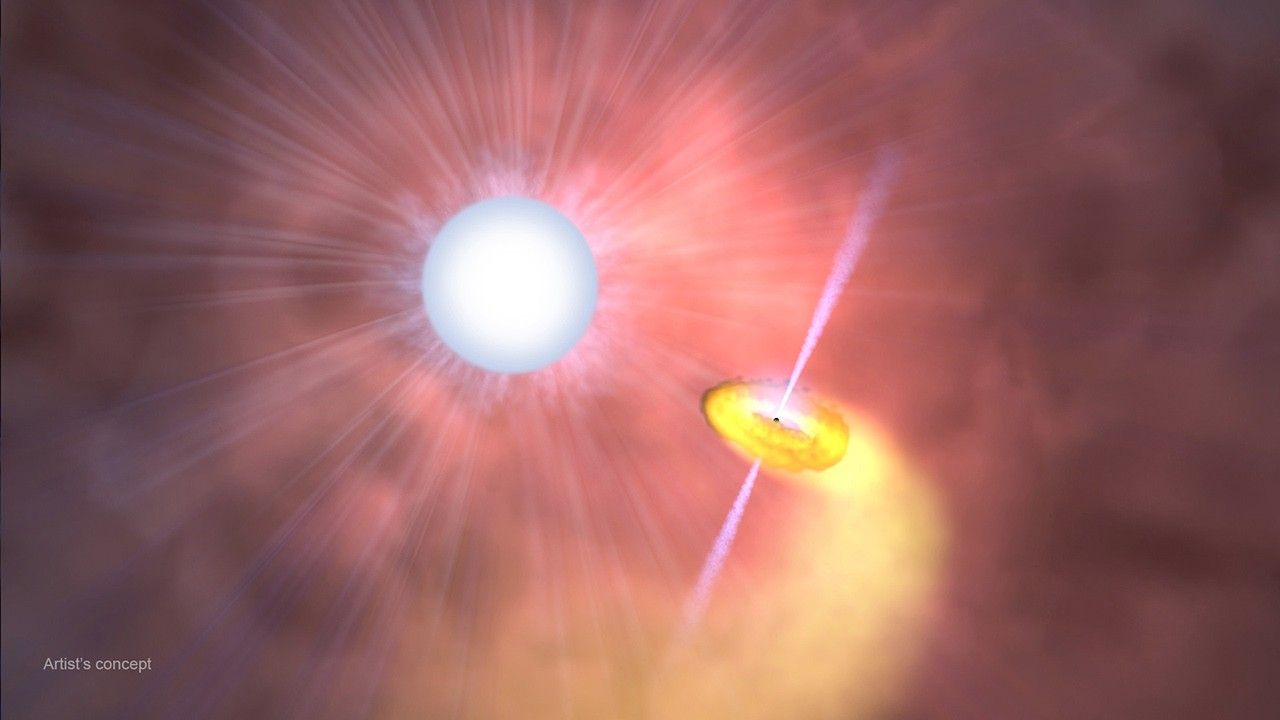NASA astronaut Christina Koch is set to return to Earth on Thursday, Feb. 6, after 328 days living and working aboard the International Space Station. Her mission is the longest single spaceflight by any woman, which is helping scientists gather data for future missions to the Moon and Mars.
Koch will return to Earth alongside ESA (European Space Agency) astronaut Luca Parmitano and Russian cosmonaut Alexander Skvortsov. She has been a crew member for three expeditions – 59, 60 and 61 – during her first spaceflight. She now holds the record for the second-longest single spaceflight by a U.S. astronaut, which places her seventh on the list of U.S. space travelers for overall time in space. Former NASA astronaut Scott Kelly holds the longest single spaceflight for U.S. astronauts at 340 days, set during his one-year mission in 2015-16.
Koch’s work during her record-setting mission included participation in more than 210 investigations, helping advance NASA’s goals to return humans to the Moon under the Artemis program and prepare for human exploration of Mars. Koch participated in a number of studies to support those future exploration missions, including research into how the human body adjusts to weightlessness, isolation, radiation and the stress of long-duration spaceflight.
One particular research project Koch participated in is the Vertebral Strength investigation, which better defines the extent of spaceflight-induced bone and muscle degradation of the spine, and the associated risk for broken vertebrae. This timely endeavor is expected to provide insight into the development of future countermeasures, such as preventative medicine or exercise. These results also could provide recommendations for limiting the amount of force astronauts are subjected to during launch.
Koch’s most memorable experiments during her time on the station space included work on the Microgravity Crystals investigation, which crystallizes a membrane protein that is integral to tumor growth and cancer survival. Although crystallization of this protein has yielded unsatisfactory results on Earth, this investigation leverages extensive protein crystallization work on the space station, significantly increasing the likelihood of successful crystal growth. Results may support the development of cancer treatments that target the protein more effectively and with fewer side effects.
NASA has gathered vast amounts of data about astronaut health and performance during the past 60 years and has focused recently on extended durations up to one year with the dedicated mission of Scott Kelly, Peggy Whitson’s three long-duration space missions that together lasted 665 days, and now the extended-duration missions of both Koch and NASA astronaut Andrew Morgan, who is in the midst of a 10-month mission. These opportunities also have demonstrated there is a significant degree of variability in human response to spaceflight, as well as the importance of determining the acceptable degree of change for both men and women.
NASA has a rigorous training process to prepare astronauts for their missions, a thoroughly planned lifestyle and work regimen while in space, and an excellent rehabilitation and reconditioning program for them after they return to Earth. Thanks to these measures, the human body remains robust and resilient even after spending nearly a year in space. Research from these studies will guide NASA’s research for years to come, as NASA continues to prioritize the health and safety of astronauts on spaceflight missions, particularly long-duration missions aboard the International Space Station, as well as missions to the Moon, Mars, and beyond.
A comprehensive package about Koch, her mission and details on the scientific investigations in which she was involved includes:
· Christina Koch’s Science Scrapbook
· Christina Koch’s Most Memorable Moments on Station
· Ways Christina Koch Plans to Readjust to Life on Earth
· Video B-Roll from Christina Koch’s long-duration mission
· Christina Koch’s full biography
· Images from Christina Koch’s mission on Flickr
· How and when to watch Expedition 61’s return to Earth
During her spaceflight, Koch completed 5,248 orbits of Earth and a journey of 139 million miles, roughly the equivalent of 291 trips to the Moon and back. She also supported the arrivals and/or departures of more than a dozen Soyuz and cargo resupply spacecraft from the U.S., Japan, and Russia. Koch ventured outside the confines of the space station for six spacewalks during her mission, spending 42 hours and 15 minutes outside the station. Among those was the first all-woman spacewalk, which she conducted alongside NASA astronaut Jessica Meir.
Koch has been sharing images and moments from her mission on social media; connect with Christina Koch’s Facebook, Astro_Christina on Instagram and @Astro_Christina on Twitter.
-end-
Stephanie Schierholz
Headquarters, Washington
202-358-1100
stephanie.schierholz@nasa.gov
Courtney Beasley
Johnson Space Center, Houston
281-483-5111
Courtney.m.beasley@nasa.gov




























